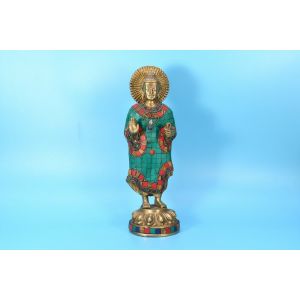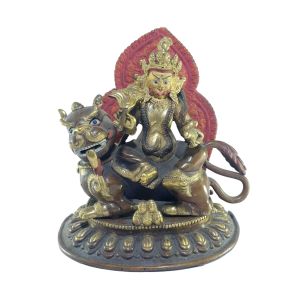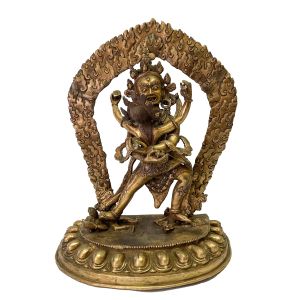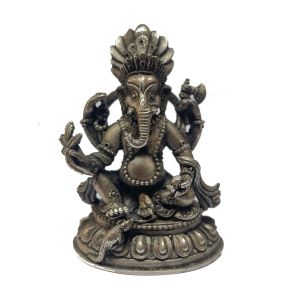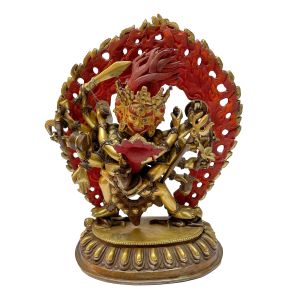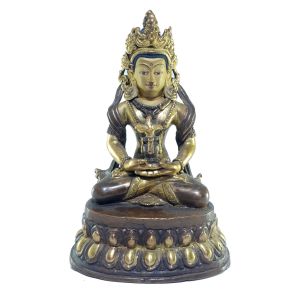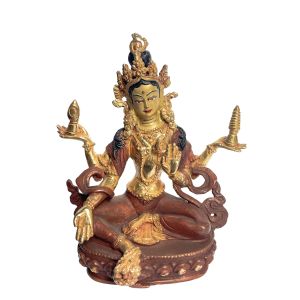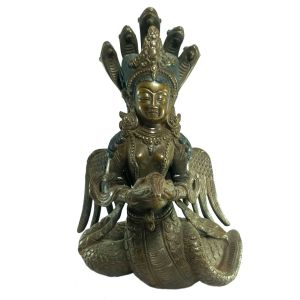Old Stock Statue of Green Tara Partly Gold Plated , Painted Face, Last Piece
| Seller | Handmade Handicraft |
|---|---|
| Product Tags | Tibetan Statue, Green Tara Statue, Gold Plated Statue, Painted Face Statue, Statue, Metal Craft Statue, Idol, Sculpture |
| UK Size | 4 |
| Seller | Admin |


